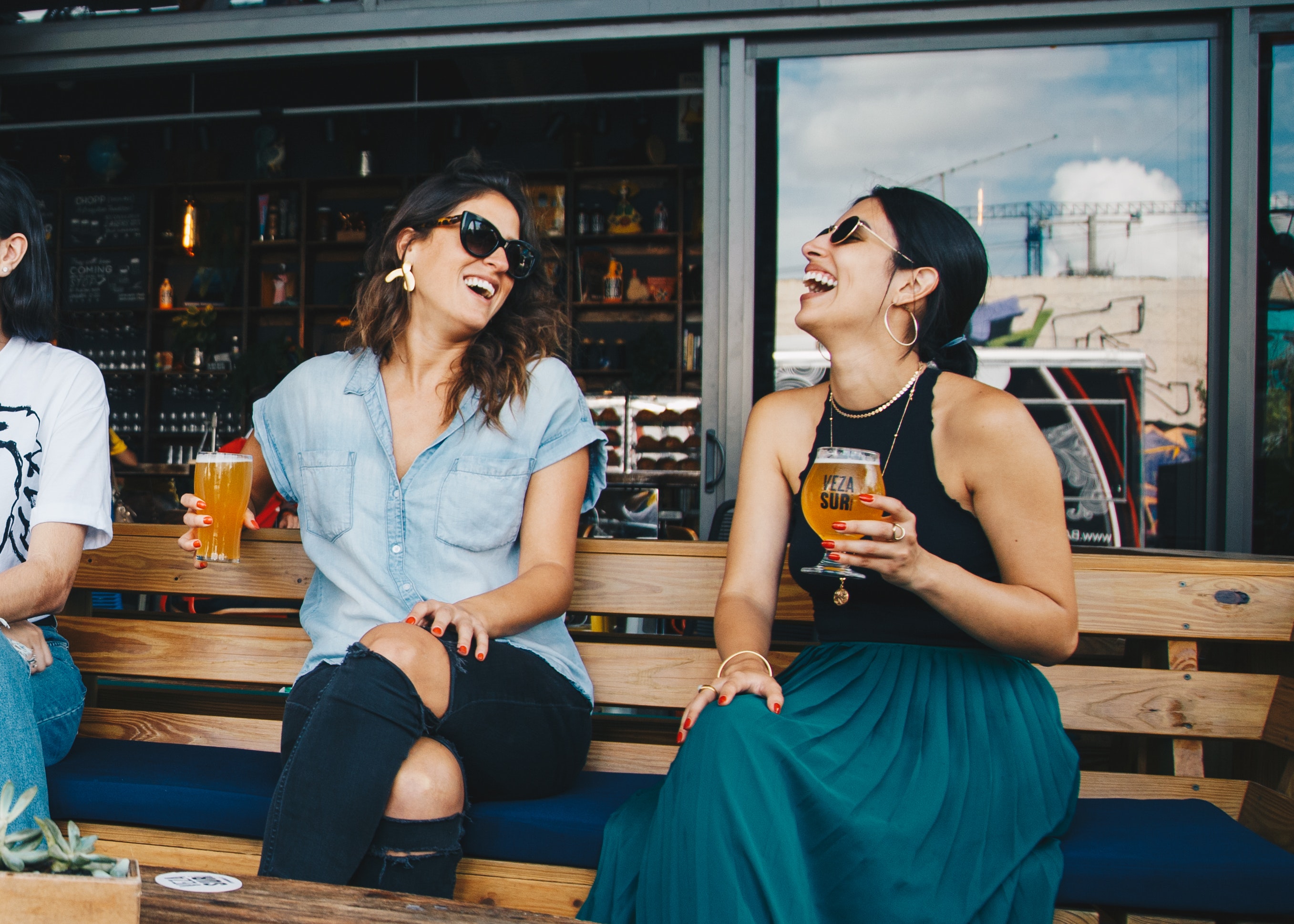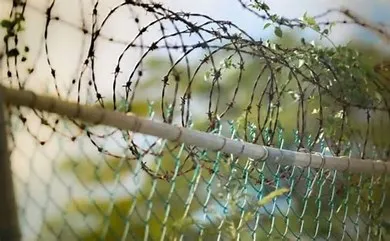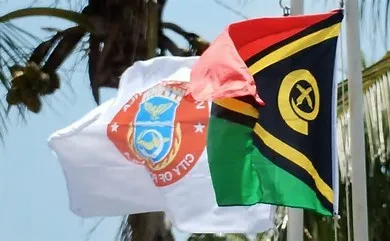The words “holidays” and “vacations” bring to mind days where we would be doing nothing, relaxing, chilling out, or indulging in hobbies and leisure activities. However, leisure has made a quiet exit from our lives today.
Overworked, overscheduled, and bombarded with stimulation from all of our digital devices, as well as pressure to do something (e.g., answer emails, texts, voicemails), we have become conditioned to regard decompression and doing nothing as a waste of time. It’s time to revisit the past and dig out leisure, the art of doing things that bring enjoyment, relaxation to you.
As the holiday season begins, let us look at how we can relax and indulge in leisure activities because Diwali, Dusherra holidays never really give us adults the opportunity to relax or do nothing as the puja preparations, etc. make it more task-oriented and work-like.
Christmas and New Year holidays are our leisure time or free time when we can be guilt free doing nothing or doing things that bring us joy, and relaxation. Even the vacation we choose should be leisure-oriented, rather than task-oriented, in which we carry a “to do” or “to visit” list and tick things off as they are completed.
What exactly is leisure? The term “leisure” can have many meanings. Some define it as time not spent at work. Stebbens defines it as “uncoerced, contextually framed activity engaged in during free time that people want to do and, using their abilities and resources, actually do in either a satisfying or a fulfilling way (or both).”
For some, chores such as cooking, cleaning, or quiet time paying bills is a leisure activity. What is leisure to one person may be work or obligations to another. For some individuals, spending their “free time” participating in activities such as entertainment, socialising, hobbies, or sports may not be pleasurable. The definition of a leisure activity is unique and personal to each individual, depending on their likes and dislikes. Leisure isn’t ‘one size fits all’.
NO MATTER WHAT CONSTITUTES ‘LEISURE’, FOR EACH PERSON, AN ACTIVITY TO BE EXPERIENCED AS LEISURE SHOULD HAVE
- Freedom of choice
- Intrinsic motivation
- Involvement
- Should be positive in its effect on people
- Be pleasurable
- Contribute to an individual’s social, cultural, and spiritual connections Encourage learning more about oneself
- Assist in stabilizing and controlling one’s life
- Motivate one to feel free and strong
- Leave one feeling relaxed, and rested
- Lead to increased life satisfaction
- Enhance healing, personal and social change, and well-being
- Lead to a meaningful life engagement
LEISURE SHOULD LEAD TO RESTORATION IN SEVEN KEY AREAS OF OUR LIVES
- The first is physical which can be a passive or an active interest.
- The second type is mental leisure.
- The third type we need is sensory relaxation.
- The fourth type of leisure activity we need is creative.
- The fifth is emotional which means having the time and space to freely express our feelings and cut back on pleasing people.
- The sixth is social where we engage in meaningful and relaxed ways with others.
- The seventh type of leisure activity should be spiritual, which is the ability to connect beyond the physical and mental and feel a deep
Dr Chavi Bhargava Sharma is the founder and CEO of Indic Center for Psychological Wellness and Holistic Health and Conversationalists-Talking Cures.






















